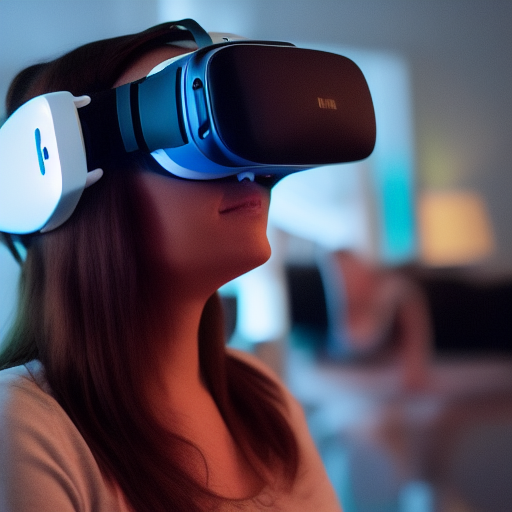Patient perceptions of virtual reality for pain relief in labor: A qualitative study

Introduction: Labor represents the most common reason for hospitalization, and most patients will use some form of pain management during their labor. While some studies have suggested that virtual reality (VR) may be an effective option for managing pain, more study is necessary to understand the patient experience of VR. The aim of this study is to characterize the effect of VR on patient perceptions of coping in labor and their descriptions of the VR experience.
Methodology: A nested prospective, descriptive study within a randomized controlled trial of VR in laboring patients. We included nulliparous, term patients, having contractions at least every 5 min, a pain score on the Wong-Baker pain scale of 4-7, and who had been randomized to receive the 30 min virtual reality intervention in the trial. Subjects completed a childbirth self-efficacy inventory prior to the intervention. After the intervention, they completed a modified childbirth self-efficacy inventory related to VR and underwent a structured interview. Self-efficacy scores were compared using t-tests and qualitative, thematic analysis was performed using Dedoose.
Results: Twenty-one subjects received the VR intervention. Twenty subjects completed the post-intervention survey and structured interview; one declined due to discomfort. Subjects noted a significant increase in perceived degree to which VR could improve their self-efficacy in managing pain during labor. Thematic analysis revealed that subjects described the VR experience as allowing them to connect with their breathing, feeling more relaxed, and being distracted from pain. In total, 70% believed VR reduced their pain, 60% felt it reduced their anxiety, and 100% would recommend VR availability for laboring patients.
Conclusion: VR can improve patient self-efficacy for managing pain in labor. Future studies should focus on the content of the visualizations, optimized user experience and design, and effectiveness with ongoing exposure to VR content in labor.
February 10, 2023



